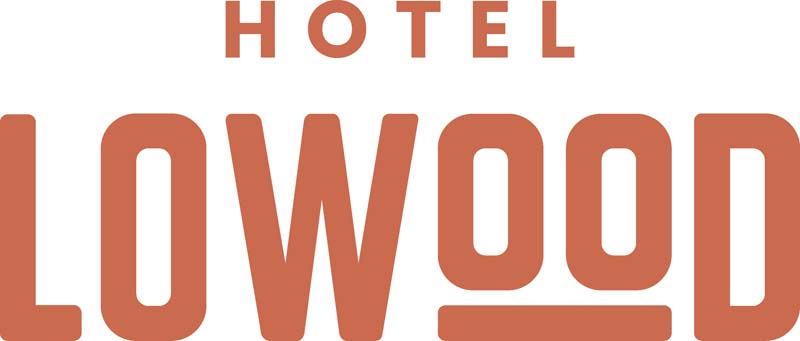The trailable facing points concept was unique to Queensland as a solution to the time consuming operation of staff stations where two or more trains met and crossed or passed, particularly unattended working where the crews of the trains performed this process themselves.
As the name implies, a turnout was able to be trailed through by a departing train against the lay of the points and to reset and lock to the normal line for any subsequent facing movement by an opposing train. This eliminated the need for the manual setting of turnouts by train crew entering and departing crossing stations.
The majority of trailable facing points equipped stations are designed for right-hand running uni-directional operation. This permitted a simultaneous entry to the station for opposing trains. Some, for operational reasons are configured as traditional b-directional main line and loop arrangement.
A trailable facing points mechanism had first been trialled in 1932 although it wasn’t until 1960 when trials continued. Until this time the operation of points at crossing stations that were not interlocked, was by manual and time consuming operation by station staff or train crew at unattended locations.
The 1960 trial at Brisbane’s Mayne Railway Yard first used green and red with directional arrows as an indication of whether the setting was normal or reversed. These indications were soon replaced by the familiar white arm indication at 45 deg (points normal, set and locked) and horizontal for reversed or not reset setting.
In 1961 the arrangement was removed to Mayne Car Shed for further trials until 1962.
From 1962 the system of unattended staff stations using trailable facing points had been adopted with formal instructions being introduced.
The standard adopted was right-hand uni-directional running. Although Queensland locomotives were operated by a driver seated on the right hand side, and trains operated on the left hand line in the direction of travel on double lines (including Up and Down uni-directional interlocked crossing stations on single lines), right hand running had become the standard for trailable facing points stations. It was also coincidental that unattended crossing loops equipped with the earlier system of “smash signals” were right hand running, most likely as the left hand quadrant smash signal needed to be located to the right of the line it fouled. Right hand running was also useful for drivers of rail motors handing over the section staff or ticket hoop into the “throw in staff box” located on the right hand side at the entry to crossing stations.
From 1963 trailable facing points installations proliferated throughout Queensland notably on the Mount Isa line in 1963-65 as part of the line upgrade project of that time. This system continues to be widely used in the Queensland Rail Network in 2023.











